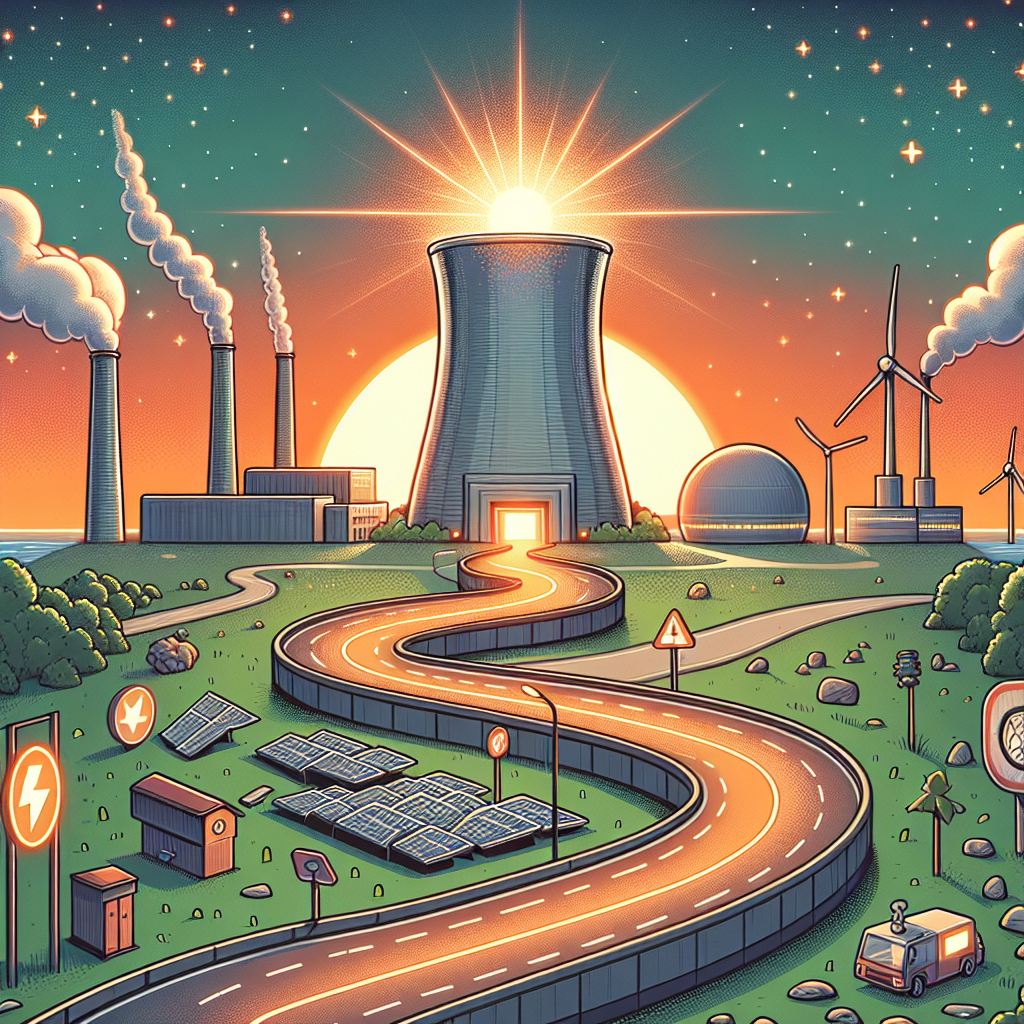
The Road to the First Nuclear Fusion Power Plant
In recent years, the scientific community has been abuzz with exciting developments in the field of nuclear fusion. This potential game-changer in energy production promises a clean and virtually inexhaustible energy supply, which could power the future without the adverse environmental impacts of fossil fuels. This week, several advancements have propelled nuclear fusion closer to reality, with major implications for energy policy and climate action globally.
Nuclear Fusion: The Science Behind It
Nuclear fusion works by fusing light atomic nuclei, such as hydrogen, to form heavier elements. This process releases a massive amount of energy, similar to what powers our sun. Unlike nuclear fission, which involves splitting heavy atoms and is currently used in nuclear power plants, fusion provides a clean energy alternative without long-lived radioactive waste.
Recent Breakthroughs in Nuclear Fusion
Scientists at the Massachusetts Institute of Technology, in collaboration with a start-up company, have been working on a compact fusion reactor known as a tokamak. This design uses powerful magnets to control and contain the hot plasma necessary for fusion. Recently, these efforts were boosted by significant investments from tech giants to meet their growing energy needs.
Another breakthrough involves a new type of fusion-grade steel that could dramatically reduce the cost of building future reactors. Developed by the Neutron Irradiation Group, this material can withstand the harsh conditions within a fusion reactor, thus extending its operational lifespan and improving efficiency.
Researchers are also exploring electrochemical methods to enhance the deuterium fusion reaction. By using advanced electrodes, the density of the fusion fuel can be increased, leading to a more stable and sustainable reaction.
The Path Forward: Challenges and Opportunities
The road to commercial nuclear fusion power plants is not without its challenges. The primary hurdle remains the technical difficulties associated with sustaining a stable fusion reaction that produces more energy than it consumes. However, with recent breakthroughs in reactor design and materials science, these obstacles appear increasingly surmountable.
Public and private sectors across the globe have shown increasing interest in fusion technology, with countries like the United States and China investing heavily in research and development. These initiatives are critical as the world seeks sustainable energy solutions to combat the climate crisis.
Fusion’s Role in Future Energy Strategies
- Fusion energy has the potential to significantly reduce our reliance on fossil fuels, thereby decreasing greenhouse gas emissions.
- It could provide a reliable and continuous power supply, alleviating energy insecurity issues worldwide.
- Technological advancements in fusion can spur innovations in other areas, such as superconducting materials and energy storage.
As research continues and investments grow, the possibility of nuclear fusion becoming a cornerstone of global energy strategies draws nearer. Each breakthrough brings us closer to a new era in energy, where clean, safe, and endless power is not just achievable but sustainable for future generations.
In conclusion, nuclear fusion represents a thrilling frontier in energy research. While challenges remain, the recent advancements provide a glimpse into a future where humanity can harness the same forces that heat the stars to power our world.



